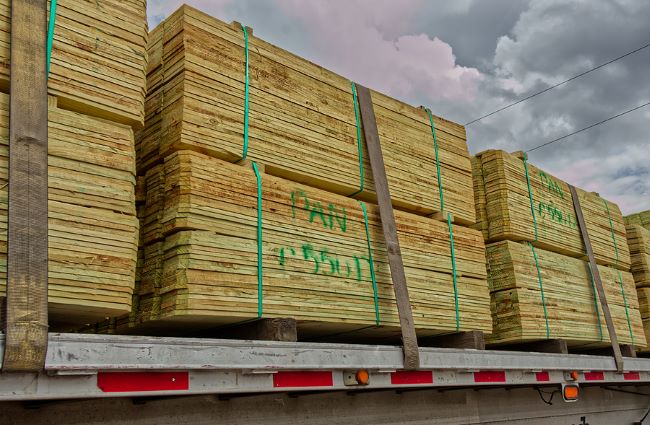Construction Insurance Implications of Supply Chain, Labor and Inflation Woes

As the construction industry rebounds from the COVID pandemic, supply chain issues and inflation are creating new challenges. Both building materials and skilled labor are in limited supply, and costs are increasing at rates not seen in decades. These market conditions affect construction insurance and risk management in many ways.
The New York Construction Outlook
According to Construction Dive, construction in New York dipped during the pandemic, when non-essential construction was put on pause for 11 weeks. However, construction soon began to rebound. The New York Building Congress says that construction in New York City for 2021 came to about $60.6 billion, which is a 26% increase compared to 2020.
Although construction activity has been increasing, both the direct and the indirect effects of the pandemic continue to impact the market, and other political and economic factors are adding to the challenges.
Contractors Struggle to Keep Up with Rising Material Costs
The National Association of Home Builders says that building material costs have increased 33% since the start of the pandemic.
According to the New York Construction Report, prices for numerous materials have soared. The Associated General Contractors of America analyzed government data and found that November price hikes outpaced the rate at which contractors were raising their bids. Nearly every type of material was subject to price increases, and trucking costs climbed 16.3% as well.
Supply Chain Troubles
Supply chain issues have made headlines in recent months. According to an economist at the University of Rochester, supply chain issues have not been this bad in 50 years. The current problems began when factories and ports shut down during the pandemic, and they were exacerbated by strong consumer demand. Now the war in Ukraine and the sanctions against Russia are adding to the supply chain problems.
The construction industry has also been impacted. In the Commercial Construction Index Q4 2021 from the U.S. Chamber of Commerce, 95% of surveyed contractors say they are facing at least one material shortage. Contractors also report being concerned about the impact of tariffs on materials, with 49% saying that new construction material and equipment tariffs will have a high or very high impact.
According to Supply Chain Dive, in light of the Russian invasion of Ukraine, U.S. contractors are dealing with the threats of war, inflation and supply chain issues all at the same time. Because Russia is a major producer of aluminum and copper, these materials are expected to see additional price hikes – and that’s coming after the 33% and 25% year-over-year price hikes recorded in January.
Skilled Worker Shortages
According to the Commercial Construction Index Q4 2021 from the U.S. Chamber of Commerce, 91% of contractors say they’re having trouble finding skilled workers, and 62% report a high level of difficult. A year ago, only 42% of contractors reported a high level of difficulty. Worker shortages are forcing contractors to change their practices in various ways, such as turning down projects and raising their bids.
Worker shortages have been a common issue since the pandemic, but the construction industry’s issues aren’t just a recent development. According to the HIB Construction Labor Market Report, a lack of skilled construction labor is limiting the ability to expand home construction, and in 2020, sales outpaced construction. In order to keep up with demand, the construction industry would need an additional 2.2 million net hires between 2022 and 2024.
However, according to McKinsey & Company, experienced construction workers are being lured to other industry, including transportation and warehousing, offering better pay raises and working conditions. At the same time, training programs have been stalled since the pandemic, and it’s also been more difficult to attract international workers.
Insurance Implications
These issues affect insurance and risk management in many ways:
All property owners need to review their property insurance limits for adequacy. In light of supply and worker shortages, projects will take longer. Because of inflation and rising property values, projects will also cost more and insurance limits could be insufficient.
For the same reasons, contractors need to review builder’s risk insurance limits for projects underway.
Considering labor shortages, a strong workplace safety stance is more important than ever. New and untrained workers have a higher likelihood of making mistakes that result in liability issues and accidents.
Careful contractual risk management with subcontractors is essential. Your subcontractors are also struggling to hire and retain talent and as a result, have the same increased exposures.
Beware of entering into contractual agreements/bonds with performance requirements that may be impacted by current market conditions.
Need help reviewing your coverage?
See why thousands of metro contractors choose BNC as their insurance partner.



